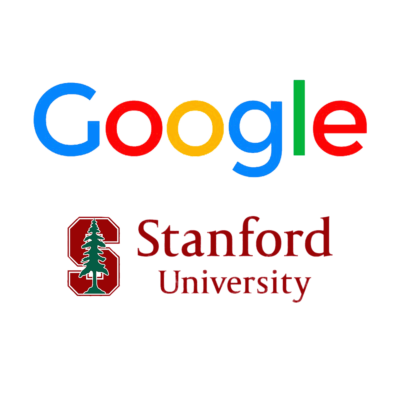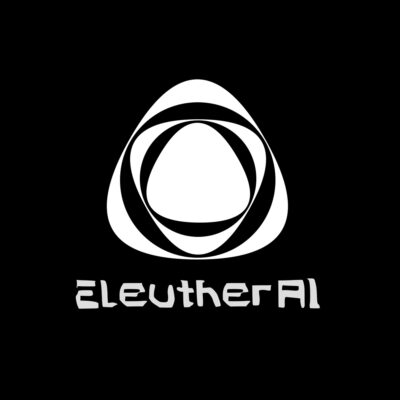Compare Models
-
OpenAI
ChatGPT (Web Browser Version)
FREEThe ChatGPT Web Browser Version is an accessible online powerful language model. The chatbot is designed to provide users with a user-friendly interface that facilitates interaction without needing any specialized programming or machine learning knowledge. Users can leverage ChatGPT for a wide range of applications, including but not limited to tutoring in academic subjects, generating creative content, drafting and editing text, providing personalized recommendations, translating languages, and even programming help. Businesses can use it for automating customer service, generating marketing content, and providing personalized user experiences.ChatGPT is powered by GPT-3.5-turbo by default and is free to try. If you are a paying customer and subscribe to ChatGPT Plus, you can change the model to GPT-4 before you start a chat. Currently, the ChatGPT models support several languages, including but not limited to English, Spanish, French, German, Portuguese, Italian and Dutch. New features for ChatGPT-Plus users have just been announced. These include a web-browsing feature that provides up-to-date information (prior to the update, ChatGPT was limited in what it could answer, as it was only trained on data until 2021). ChatGPT-Plus users can also access third-party plug-ins for web services like Expedia, Kayak, and Instacart. With these plug-ins, users can prompt ChatGPT to perform tasks on specific websites. -
Google
Cloud Platform
OTHERGoogle Cloud Platform (GCP) is a cloud computing service that includes innovative AI and machine learning products, solutions, and services. Google AI Studio is a low-code development environment that makes it easy to build and deploy applications and has a variety of features, such as pre-trained models that can be used to get started quickly, a unified experience for managing the entire ML lifecycle, from data preparation to model deployment, and a variety of tools for monitoring the performance of ML models in production. Vertex AI can be used to train and deploy models, and GCP also offers a variety of data storage services, including Cloud Storage, which can be used to store large datasets. -
Google, Stanford University
Electra
FREEELECTRA (Efficiently Learning an Encoder that Classifies Token Replacements Accurately) is a transformer-based model like BERT, but it uses a different pre-training approach, which is more efficient and requires less computational resources. It was created by a team of researchers from Google Research, Brain Team, and Stanford University. ELECTRA models are trained to distinguish “real” input tokens vs “fake” input tokens generated by another neural network (for the more technical audience, ELECTRA uses a new pre-training task, called replaced token detection (RTD), that trains a bidirectional model while learning from all input positions). Inspired by generative adversarial networks (GANs), ELECTRA trains the model to distinguish between “real” and “fake” input data. At small scale, ELECTRA achieves strong results even when trained on a single GPU. At large scale, ELECTRA achieves state-of-the-art results on the SQuAD 2.0 dataset. Go to GitHub where you can access the three models (ELECTRA-Small, ELECTRA-Base and ELECTRA-Large). -
Google
FLAN-T5
FREEIf you already know T5, FLAN-T5 is just better at everything. For the same number of parameters, these models have been fine-tuned on more than 1,000 additional tasks covering more languages – the NLP is for English, German, French. It has Apache-2.0 license which is a permissive open source license that allows for commercial use. With appropriate prompting, it can perform zero-shot NLP tasks such as text summarization, common sense reasoning, natural language inference, question answering, sentence and sentiment classification, translation, and pronoun resolution. -
Google
Flan-UL2
FREEDeveloped by Google, Flan-UL2, which is a more powerful version of the T5 model that has been trained using Flan, and it is downloadable from Hugging Face. It shows performance exceeding the ‘prior’ versions of Flan-T5. With the ability to reason for itself and generalize better than the previous models, Flan-UL2 is a great improvement. Flan-UL2 is a machine learning model that can generate textual descriptions of images and has the potential to be used for image search, video captioning, automated content generation, and visual question answering. Flan-UL2 has an Apache-2.0 license, which is a permissive open source license that allows for commercial use.If Flan-UL2’s 20B parameters are too much, consider the previous iteration of Flan-T5, which comes in five different sizes and might be more suitable for your needs. -
EleutherAI
GPT-J
FREEEleutherAI is a leading non-profit research institute focused on large-scale artificial intelligence research. EleutherAI has trained and released several LLMs and the codebases used to train them. GPT-J can be used for code generation, making a chat bot, story writing, language translation and searching. GPT-J learns an inner representation of the English language that can be used to extract features useful for downstream tasks. The model is best at what it was pretrained for, which is generating text from a prompt. EleutherAI has a web page where you can test to see how the GPT-J works, or you can run GPT-J on google colab, or use the Hugging Face Transformers library. -
Google
LaMDA
OTHERLaMDA stands for Language Model for Dialogue Application. It is a conversational Large Language Model (LLM) built by Google as an underlying technology to power dialogue-based applications that can generate natural-sounding human language. LaMDA is built by fine-tuning a family of Transformer-based neural language models specialized for dialog and teaching the models to leverage external knowledge sources. The potential use cases for LaMDA are diverse, ranging from customer service and chatbots to personal assistants and beyond. LaMDA is not open source; currently, there are no APIs or downloads. However, Google is working on making LaMDA more accessible to researchers and developers. In the future, it is likely that LaMDA will be released as an open source project, and that APIs and downloads will be made available. -
Microsoft, NVIDIA
MT-NLG
OTHERMT-NLG (Megatron-Turing Natural Language Generation) uses the architecture of the transformer-based Megatron to generate coherent and contextually relevant text for a range of tasks, including completion prediction, reading comprehension, commonsense reasoning, natural language inferences, and word sense disambiguation. MT-NLG is the successor to Microsoft Turing NLG 17B and NVIDIA Megatron-LM 8.3B. The MT-NLG model is three times larger than GPT-3 (530B vs 175B). Following the original Megatron work, NVIDIA and Microsoft trained the model on over 4,000 GPUs. NVIDIA has announced an Early Access program for its managed API service to the MT-NLG model for organizations and researchers. -
StableLM
StableLM-Base-Alpha -7B
FREEStability AI released a new open-source language model, StableLM. The Alpha version of the model is available in 3 billion and 7 billion parameters. StableLM is trained on a new experimental dataset built on The Pile, but three times larger with 1.5 trillion tokens of content. The richness of this dataset gives StableLM surprisingly high performance in conversational and coding tasks, despite its small size. The models are now available on GitHub and on Hugging Face, and developers can freely inspect, use, and adapt our StableLM base models for commercial or research purposes subject to the terms of the CC BY-SA-4.0 license.







